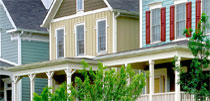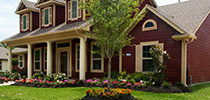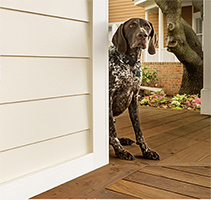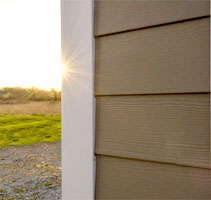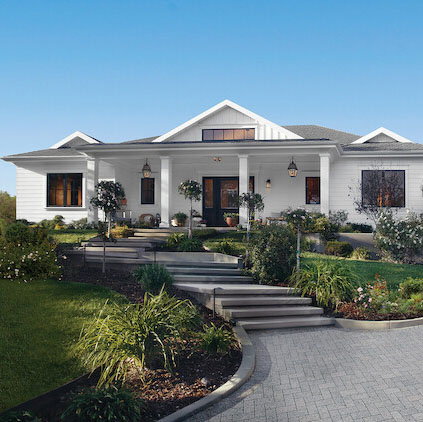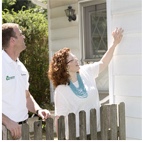by Jamie Schultz
9/14/2015
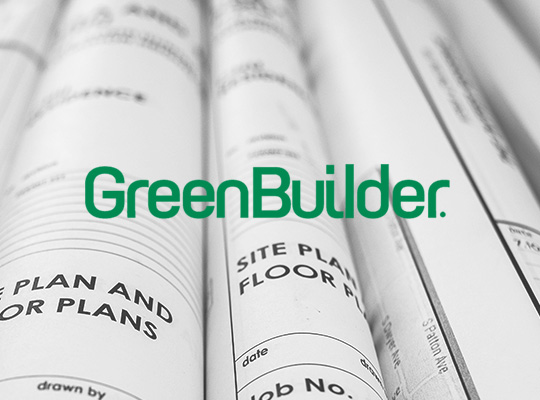
Thinking of using green home building products and methods? From reducing your energy use to reducing your dependence on natural resources, there are lots of steps you can take to save money. Here, we’ve compiled seven sustainability-minded questions to ask your green builders before your project starts.
Are the products durable?
A lot of factors come into play in green building, but the big take-home is that you want to invest in an eco-friendly product that will last a long time without the need for frequent replacement. Makes sense, right? So when shopping green materials, go the high-quality, high-performance route. Hardie® siding holds its own over years in high heat, UV radiation, snowstorms, and moisture.
What are the materials made of?
When you’re selecting green building materials, it’s important to identify what the products are composed of. Ideally, you’ll want to work with natural, non-toxic and recycled materials. James Hardie works hard to recycle the materials that go into its products, including recycling water not once, but four times.
Are the materials local?
When you can, it’s ideal to use products and materials made locally since they travel fewer miles to get to you, which means a reduction in air pollution and fuel consumption. Like many green-minded companies, James Hardie made a point to set up its nine manufacturing facilities to better serve local markets. As a result, this reduces environmental impact and helps boost the regional economy. Seek out companies with this sort of mindset.
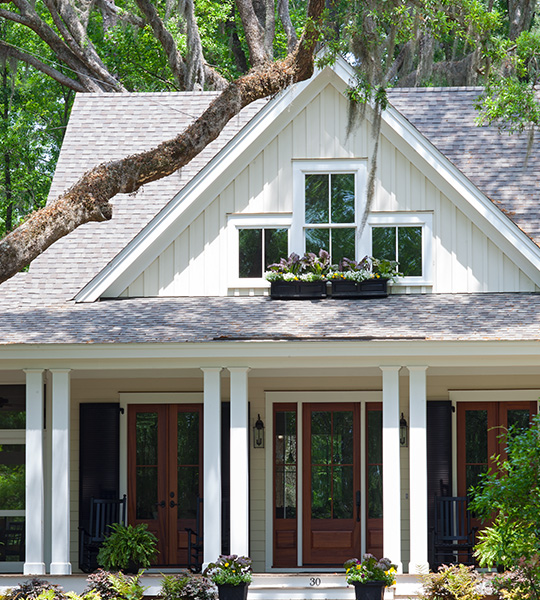
Is it well designed?
Just because a product is designed with the health of the environment and your family in mind, doesn’t mean it should be lacking in terms of aesthetic appeal. If you’re feeling like green practices limit design options, seek out a few other eco-friendly product lines before throwing in the towel. We find most green companies have a range of styles, colors and textures that will complement your aesthetic. Check out this sustainably constructed dream home on the outskirts of Aspen, Colorado.
Do the materials emit VOCs?
When choosing paints and primers, opt for those with low-VOCs (volatile organic compounds). Low-VOC products, like James Hardie’s exterior siding, are the ideal way to protect the environment and those installing your siding from paint fumes. James Hardie’s ColorPlus® Technology process virtually eliminates paint VOC’s outside your home because the coatings are baked-on at a James Hardie factory.
ColorPlus Technology finishes come with a 15-year limited warranty and are generally longer lasting than field-applied paints. Low-VOC products are also very important for interior environments, especially sensitive ones like hospitals and schools. Some building codes and programs (like Leadership in Energy & Environmental Design or LEED) require interior products pass rigorous emissions testing. HardieBacker® cement board is certified GREENGUARD Gold for sensitive interior environments.
Can you save more money in the long-term?
When you’re budgeting for your green home renovations, figure in the monthly savings you’ll accrue if you go green (think: lower electric bill). Opting for eco-friendly does typically cost you more upfront, but it often means bigger savings in the long term with a longer-lasting, high quality and resource-efficient product. For additional savings, ask about tax credits and rebates you can tack on when building green.

What is done with the materials post home project?
Check in with your contractor to make sure materials like scrap metals, paint, treated wood and chemicals will be disposed of properly and with the environment in mind. Ask how the company disposes of its waste and if it has a recycling initiative. You can also check in to see if any unused materials can be donated to local charities such as Habitat for Humanity.
Joining the green building movement can seem daunting at times, but don’t dismay, we’ve got your back. When researching, refer to the experts at the U.S. Green Building Council, and work with a contractor who knows green building materials so you can freely ask the questions you crave answers to—after all, this is your home, your family, and your environment.


